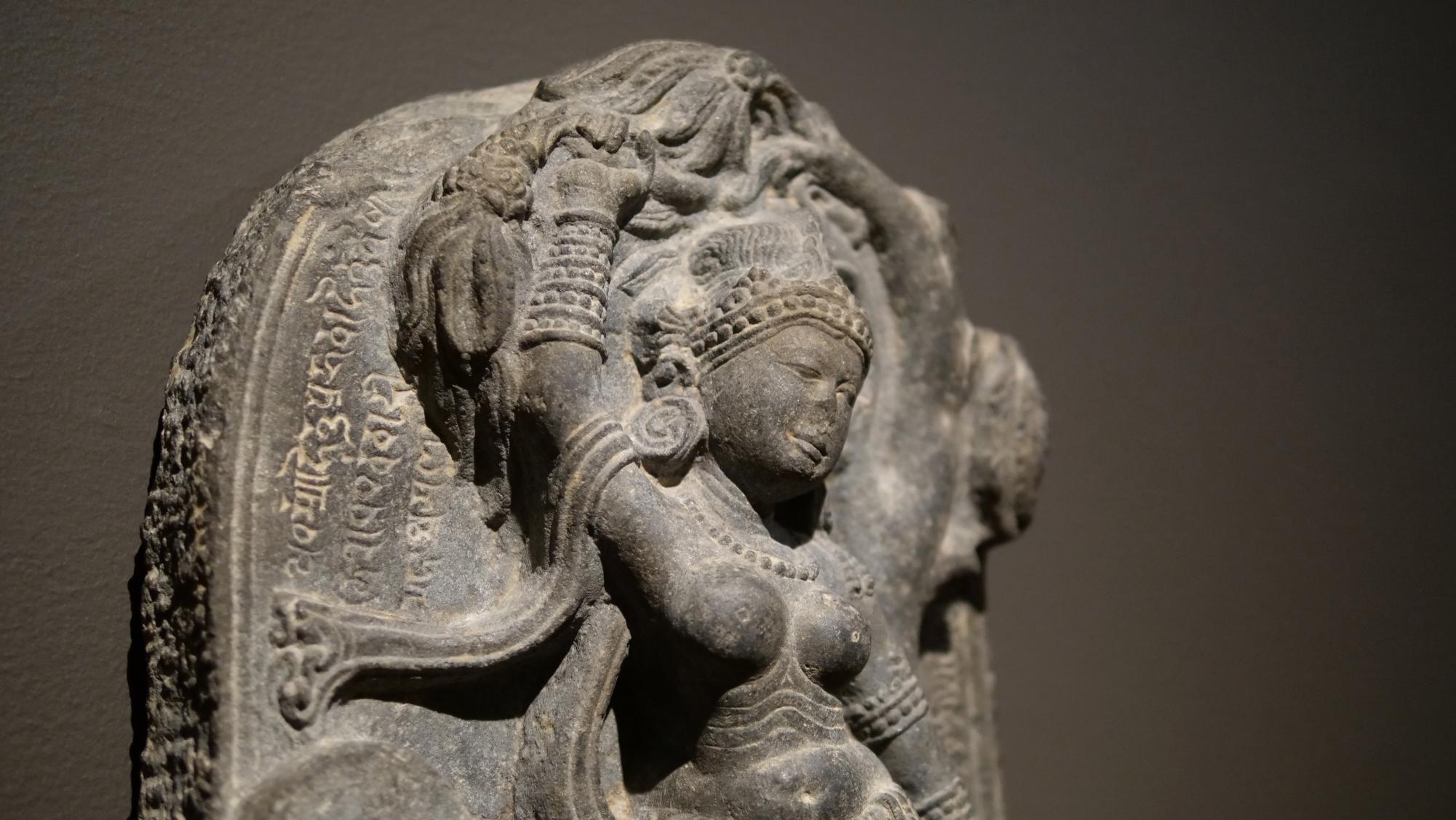This past August, the Cleveland Museum of Art debuted a new installation titled “Creation, Birth, and Rebirth.” This exhibit examines different cultures’ artistic interpretations of their respective creation myths. The exhibit is located in Gallery 115 on the first floor of the museum and was curated with the help of Case Western Reserve University’s medieval art program.
One of the most interesting things I found about this exhibit was how vastly different each piece was from the others. In past exhibits, all the artwork was connected by a common medium or the context in which the pieces were created. While this exhibit does focus on the context of creation myths, the reason why all the works are so different is paradoxically because nearly every single culture around the world has a distinct creation myth. I believe this to be a testament to humanity’s similarities across time. Just about every human wanted a story to explain how the world started, regardless of their culture or period.
Unsurprisingly, many of the pieces in this exhibit focus on religion. Front and center is “Virgin Nursing the Christ Child,” a French limestone statue from 1370 depicting a young Mary breastfeeding the baby Jesus. This statue is one of the larger pieces from the collection. The piece was commissioned and displayed by a church, which is indicated on the unpainted backside of the statue as it would have been placed against a wall. Another similar piece (in the sense that it is also a statue) from a different religion is “Birth of the Buddha,” which dates to Northeastern India in the ninth century. This statue is made of black chlorite and is also unpainted. While both of these statues were commissioned and used by religious institutions, they could not be more different. They each convey a distinct narrative and were meant to invoke contrasting reactions in their worshippers. And while upon first viewing, someone might think they appear to be similar, their meanings could not vary more. Nonetheless, these pieces are both three-dimensional and made of a type of stone.
This shared medium between the two pieces is certainly not universal to the exhibit. There are many two-dimensional pieces as well, such as “Nuremberg Chronicle: The Emblem,” which was produced in Germany during the late 15th century. This piece was produced by the Nuremberg printing press and was part of a collection with over 1,000 images representing the history of the Judeo-Christian world. In this image, we see the Christian God speaking the world into existence and then ruling over it. This piece is especially interesting considering how revolutionary its means of production were for the time. It conveys how changing technology affects the manufacturing of art.
Another two-dimensional piece is the “Kalpa-sutra Manuscript with 24 Miniatures: Mahavira’s Initiation,” which was produced in Gujarat, India, during the late 15th century. This piece was completed by hand on paper using gold leaf, ink and gum tempera. It depicts the miraculous birth of Mahavira, who was the founder of Jainism. While this piece and “Nuremberg Chronicle: The Emblem” were produced within 20 years of each other, how they were manufactured is quite different. One drew on new technologies, while the other was created in the traditional way. And while each work aims to inspire a feeling of awe and amazement in their viewer, the means by which they achieve this effect vary as well.
“Creation, Birth, and Rebirth” does a wonderful job of exemplifying the differences that exist between cultures as well as the commonalities of the stories we create as humans. It is on display until July 2025, and I recommend visiting the exhibit if you want to learn more about the things that unite us as humans.


